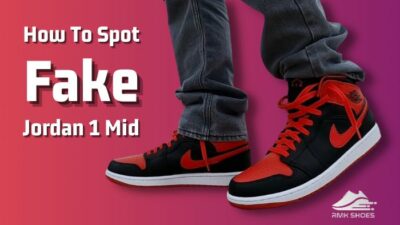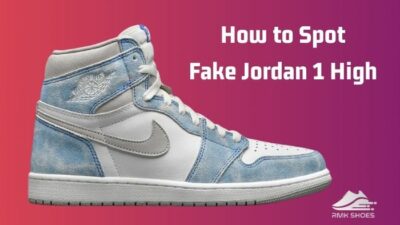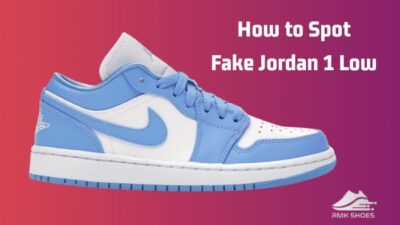Zero drop footwear keeps the feet in their natural position and tries to emulate the foot’s motion that the foot produces when walking barefoot.
The most highly referenced advantage of barefoot shoes is that they promote less dependency on shoe gear and more reliance on strong foot and leg muscles.

Zero Drop is the ideal choice when you want to snap up a brand new shoe for your daily walking or running purposes.
If you want to know in detail before wearing them, you are in the right place. After using a couple of Zero drop shoes, I’ll discuss their attributes in detail for your help.
Keep reading till the end for all your queries and returns.
What Are Zero Drop Shoes?
The heel-to-toe drop of these shoes is ZERO.
The “new” practice of running barefoot became so popular among runners a decade ago that injuries to the Achilles tendon, calf, knee, and foot gradually improved.
You figure out the mismatch between a shoe’s front and heel heights while measuring the heel-to-toe drop.
Zero-drop footwear places the feet in their natural position and imitates the motion that the foot produces when walking barefoot.
However, analyses regularly show that the rate of injuries is unaffected by the shoes’ different drops. In other words, injury rates are still high even if runners switch from traditional to zero-drop shoes.
Zero-drop shoes have the same movement as barefoot jogging while offering safety for people who want to wear them instead of strolling around barefoot.
Most of us have spent our whole lives wearing shoes that bend our feet forward while we walk or run.
So it’s not that they are uncomfortable, although they will take some time.
After all, You can move around or run while wearing shoes while keeping your feet secure and safe.
You may also like to read about can zero drop shoes help with plantar fasciitis?
Are Zero Drop Shoes Good For You?
Yes, The zero shoe incorporates special features of the zero-drop movement for its improved efficiency, core strength and balance, and reduced chance of injuries.
When you stride, a thicker heel will automatically touch the ground first, rather than whether you planned to or not, making you a heel striker.
Zero-drop footwear is exceptionally cozy. That could be a sufficient reason for using them.
Sneakers with zero drop mimic the design of footwear, one of the earliest styles of sneakers ever made, with wraparound leather and extremely thin midsoles held together on foot by lacings.
The barefoot-like experience is aided by the midsole design, making it so thin that you run more naturally. Most traditional running shoes have a drop of between 6 and 12 millimeters.
This difference results in the heel being raised by the amount of drop indicated.
Zero drops reduce the chance of injury by enabling the body to move as planned and distribute impact forces appropriately.
Some more guide on how to ship shoes in the original box & without a box?
Dangers of Zeros Shoes?
Zero-drop shoes have many advantages, but there are also some limitations.
Your calf muscles may experience a lot of pressure first from zero-drop shoes. If you do not break in these shoes appropriately, the strain placed on your calf muscles and tendons, which are necessary for walking, running, and moving, cause damage.
Another drawback is the lack of support provided by the shoes when traveling in hilly areas.
Furthermore, if the zero-drop shoe has a thin sole, there is a higher chance that you will harm your feet’s soles and that bunions, blisters, and perhaps scratches may appear.
According to a rising number of people, zero-drop shoes are the ideal choice for all kinds of activities.
Check out the easiest way to know about how to make shoes non-slip?
Are Zero Drop Shoes Safe?
Yes, that zero-drop footwear enables natural foot function, which is considerably better for your physical alignment.
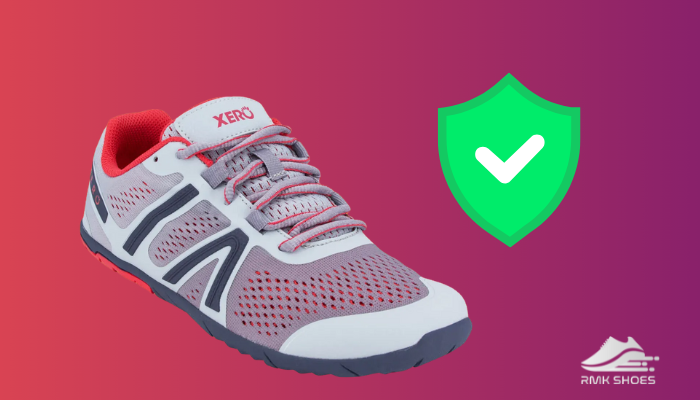
This is not to assume that shoes with zero drop result in no impact.
Even if you don’t land heel first, your foot still needs to make contact with the ground, and if you’re running at the time, there will be a lot of impacts.
If you want that, your shoes won’t interfere with your natural running form or the arch’s spring-like function, then zero shoes are for you.
The most widely mentioned advantage of barefoot or zero drop shoes is that they promote less reliance on shoe gear and more reliance on strong foot and leg muscles.
Zero drop footwear generally has a simple aesthetic and is made of lightweight materials to decrease weight.
Always go for shoes with high-quality materials because they provide a higher promise of performance, dependability, and longevity. If you’re looking for a casual zero-drop shoe, choose a reputable brand that is skilled at producing high-quality footwear.
These shoes’ soft palate and ankle collar may feature thinner padding for added comfort and to stop internal instability.
Follow our guide to know about can shoes be recycled?
What Are The Pros and Cons of Zero Drop Shoes?
According to some professionals, the elevated heel of most traditional shoes causes people to walk with their heels striking the ground.
In addition to having a thin sole, barefoot shoes are also incredibly flexible. Zero-drop footwear minimizes the cushioning or elevation of the shoe bottoms in order to level your feet’s heel and ball from the ground.
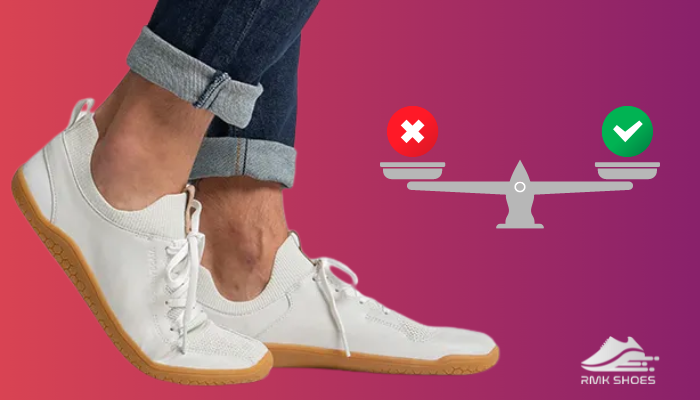
While wearing shoes, you can be “barefooted” due to zero-drop footwear.
Zero-drop shoes come in a variety of styles, but the ones that work best have less cushioning and arch support.
Here are some Pros and Cons of Zero-Drop shoes:
Pros of Zero Drop shoes
- Motion: With zero-drop shoes, the foot actively participates in absorbing the force of running, strengthening the feet and legs in the process.
- Injury Reduction: After switching to zero drops, many athletes discover that they suffer from injuries less commonly.
- Light Weight: They are naturally much lighter than other shoes because the bottoms of the shoes contain less material.
- Less Pain: Running in zero-drop shoes can help you avoid back, foot, and knee pain because of the design of the shoe.
- Comfortable Materials: The majority of materials used in zero-drop shoes are expertly crafted to be comfortable and imperceptible, and the materials of these shoes give the impression that you are wearing nothing at all instead of shoes.
Cons of Zero Drop Shoes
- Uncomfortable to Wear: People who aren’t used to zero-drop shoes may feel a little sore when wearing them.
- Arch Injuries: collapsed arch may be the result of insufficient arch support.
- Pressure: More pressure should be felt on the tendons and muscles in your lower leg.
Zero Drop footwear that has the proper arch support and cushioning can be a suitable option for regular wear.
Are Zero Drop Shoes Good for Plantar Fasciitis?
Zero-drop is not advised if you have plantar fasciitis symptoms.
It counts for one out of every twelve visits to the doctor for runners, making it the third most frequent running injury.
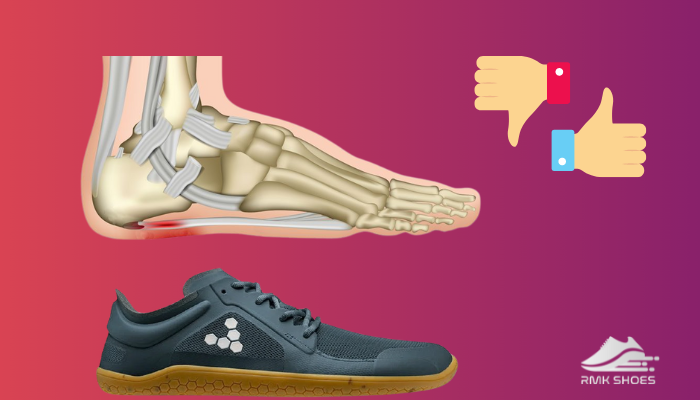
Plantar fasciitis, one of the most prevalent causes of heel pain, is an inflammation of the thick band of tissue that runs under the foot and connects to the heel.
Using zero-drop may not be able to treat the mentioned injuries.
There is no one shoe that can treat all injuries, yet some shoes may be helpful in certain situations.
You should take advice about your foot health and if zero drop shoes are appropriate for you from a physical therapist.
Should You Wear Zero Drop Shoes?
The angle between a shoe’s heel and toe is known as zero-drop.
Initiating your normal walking posture can be highly beneficial for your body.
The foot is kept in a natural position when wearing zero-drop shoes. Maintaining this neutral posture is expected to let the body rely more on foot.
The soles of these shoes have been modified to be more naturally flexible, and they have been made to be more breathable. The muscles and bones of the foot are supported and helped by this flexibility.
Zero-drop shoes modify your movement, and the way your heel connects with the ground reduces the risk of a knee injury.
You might want to be able to experience nature if you’re going to be running, hiking, or just generally exploring outside. Zero-drop shoes position your heel so that your spine is straight and reduces back pain.
Once you give them a try for yourself, I promise that you will never return.
If you have no foot diseases like plantar fasciitis, bunions, or tendonitis, then Zero drop shoes are best to feel the walk.
The Final Line
I’m a huge fan of the minimalist shoe concept. The concept of actually feeling the ground speaks to me mentally. I’m sure that certain individuals would love these shoes.
Depending on the situation of your foot, you must be comfortable in the shoes you select to wear.
I sincerely hope the information provided will help you make the best choice regarding wearing Zero Drop shoes.
Let me know your further queries about Zero Drop in the comment section.

